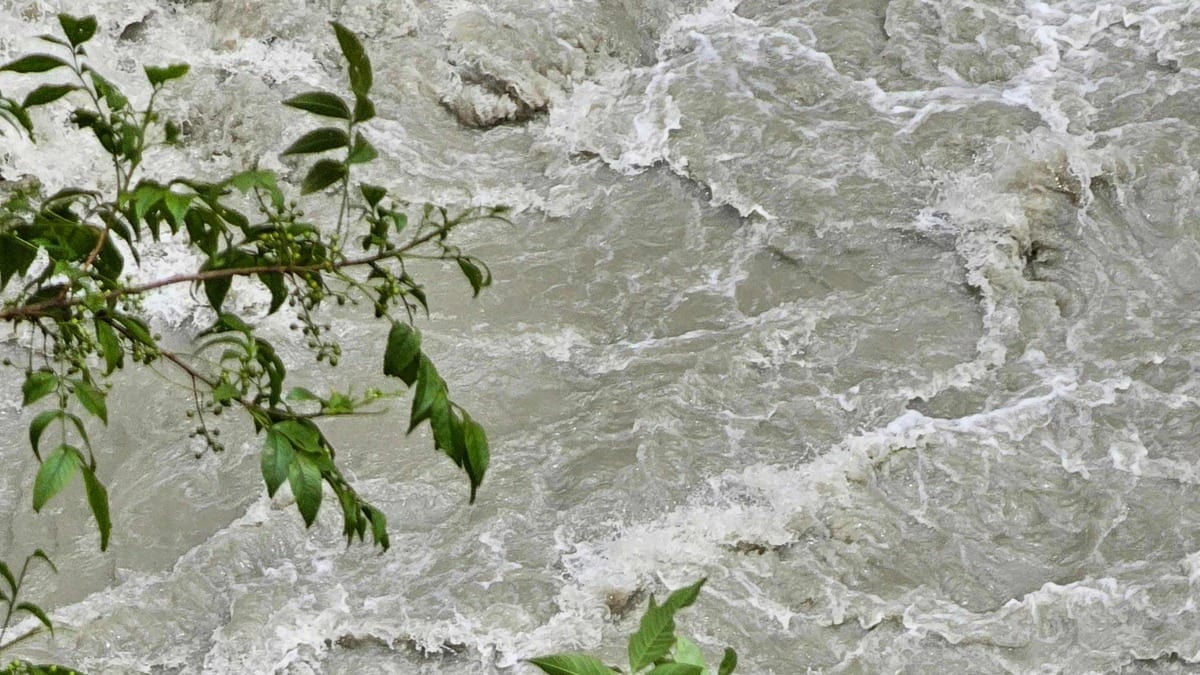
(Washington) – The Antarctic ice shelf has reached its maximum surface area this year, and it has never been this small since scientific surveys began, the American Reference Observatory announced Monday.
The Antarctic ice shelf melts in the summer and recovers in the winter. The latter currently ends in the Southern Hemisphere.
On September 10, Antarctic sea ice reached an annual maximum of 16.96 million km22 “This is the lowest sea ice maximum on record from 1979 to 2023, so far,” the National Snow and Ice Data Center (NSIDC) wrote. »
The maximum range reached this year is 1.03 million km2 Lower than the previous record, almost twice the size of France.
In February, in the middle of the Australian summer, Antarctic sea ice reached a low, reaching a minimum of 1.79 million square kilometers – a record amount of melting – according to NSIDC.
Subsequently, sea ice reformed at an unusually slow rate, despite the arrival of winter.
In the Arctic, where summer ends, sea ice has also reached its lowest level of the year, at 4.23 million square kilometres.2, NSIDC announced. This is the sixth lowest level in 45 years of data.
“sharp turn”
For several decades, Antarctic sea ice has remained stable, or even expanded slightly.
But “since August 2016, the trend in Antarctic sea ice extent has taken a sharp downward turn, during almost every month” of the year, NSIDC explains.
This explanation is a subject of debate among scientists, who are reluctant to make a formal link with global warming, as climate models have struggled in the past to predict changes in Antarctic sea ice.
But this trend since 2016 now appears “linked to a warming of the upper layer of the ocean,” the US observatory wrote. “There is concern that this may be the beginning of a long-term trend of Antarctic sea ice decline as global ocean temperatures rise.”
Melting sea ice has no immediate effect on sea levels, because it is formed by freezing salt water already in the ocean.
But white ice reflects more sunlight than dark ocean, so its loss exacerbates global warming.
The loss of sea ice also exposes Antarctica’s coasts to more waves, which could destabilize the ice sheet, which is made of fresh water. Its melting will lead to a catastrophic rise in ocean levels.






